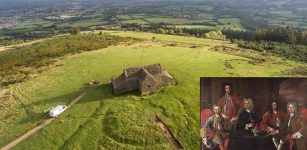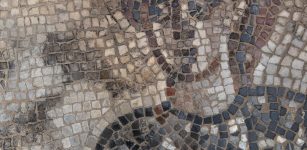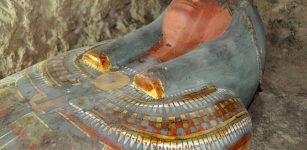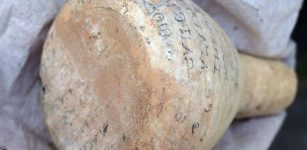Uncovering Forensic Secrets Of Britain’s Medieval Wax Seals
MessageToEagle.com – Since time immemorial, the seal has served as a stamp of indisputable authenticity, just as a signature is accepted in the world today. The use of seals can be traced back to the Old Testament, where it mentions that Jezebel used Ahab’s seal to counterfeit important documents.
Wax seals were destroyed when the owner died
Royalty and governments used their own seal to affix to proclamations to give them their authoritative stamp of approval. The first Great Seal of England was that of Edward the Confessor, impressions of which can still be found. During this time almost everyone had their own seal and while most people had just one, royalty would own several including their Great Seal, as well as seals for all their courts and officials. It was common practice to destroy the seal when the owner died, which is the reason so few original seals are still in existence today.
Official seals of the crown were often handed over with great ceremony and in medieval times the size and motif of the seal conveyed an image of the status of its owner. Early motifs were equestrian or heraldic in nature, or showed the owner in various pursuits like hunting or during battle. William the Conqueror used an equestrian seal depicting him armed and ready for battle.
Project Imprint: There is a lot to be learned about ancient seals
A unique research project, called Imprint will now examine fingerprints and palm prints left behind on the wax seals of documents dating from the 12th to the 14th centuries. These seals, attached to documents such as land transactions, business contracts, and financial exchanges were the medieval equivalents of modern-day signatures and credit cards.
The three-year study is funded by the Arts and Humanities Research Council (AHRC) and led by Professor Philippa Hoskin from the University of Lincoln, UK, and co-investigator Dr Elizabeth New from Aberystwyth University. They will work with historical materials in the cathedrals of Exeter, Hereford and Lincoln, the National Library of Wales and Westminster Abbey.
See also:
Medieval Rich People Unknowingly Poisoned Themselves With Lead And Other Hazardous Heavy Metals
Llanbadoc Discovery: Late Medieval Artefact Could Have Belonged To Knight
Rare Medieval Painting Depicting Judas’ Betrayal Of Christ Saved By Reformation ‘Recycling’
The aim is to reveal more about medieval social structures, networks of authority, and the bureaucracies and protocols behind the authentication and security of documents in medieval England and Wales. The results will also help to answer questions about administrative and legal changes, including how the identification of the sealer with their seal changed over time – a practice known as the ‘performative act of sealing’.
The project’s goal is to reveal new insights into medieval British society hidden within the wax seals of thousands of historic documents.
MessageToEagle.com
References:












